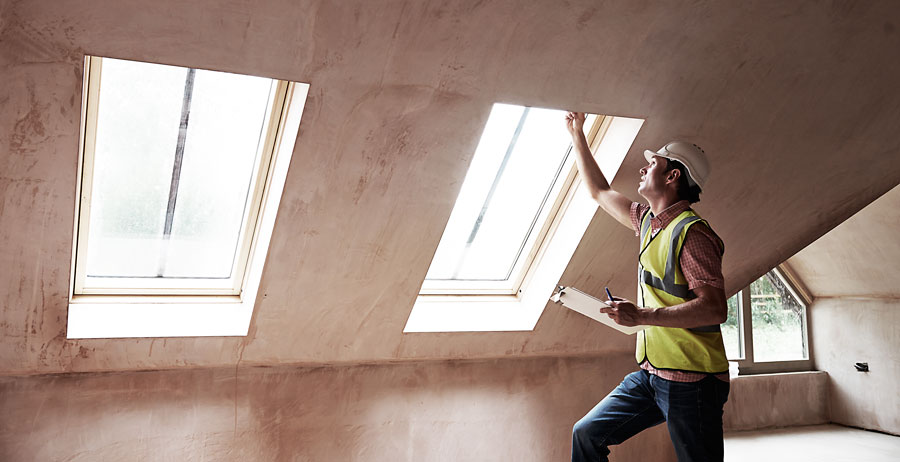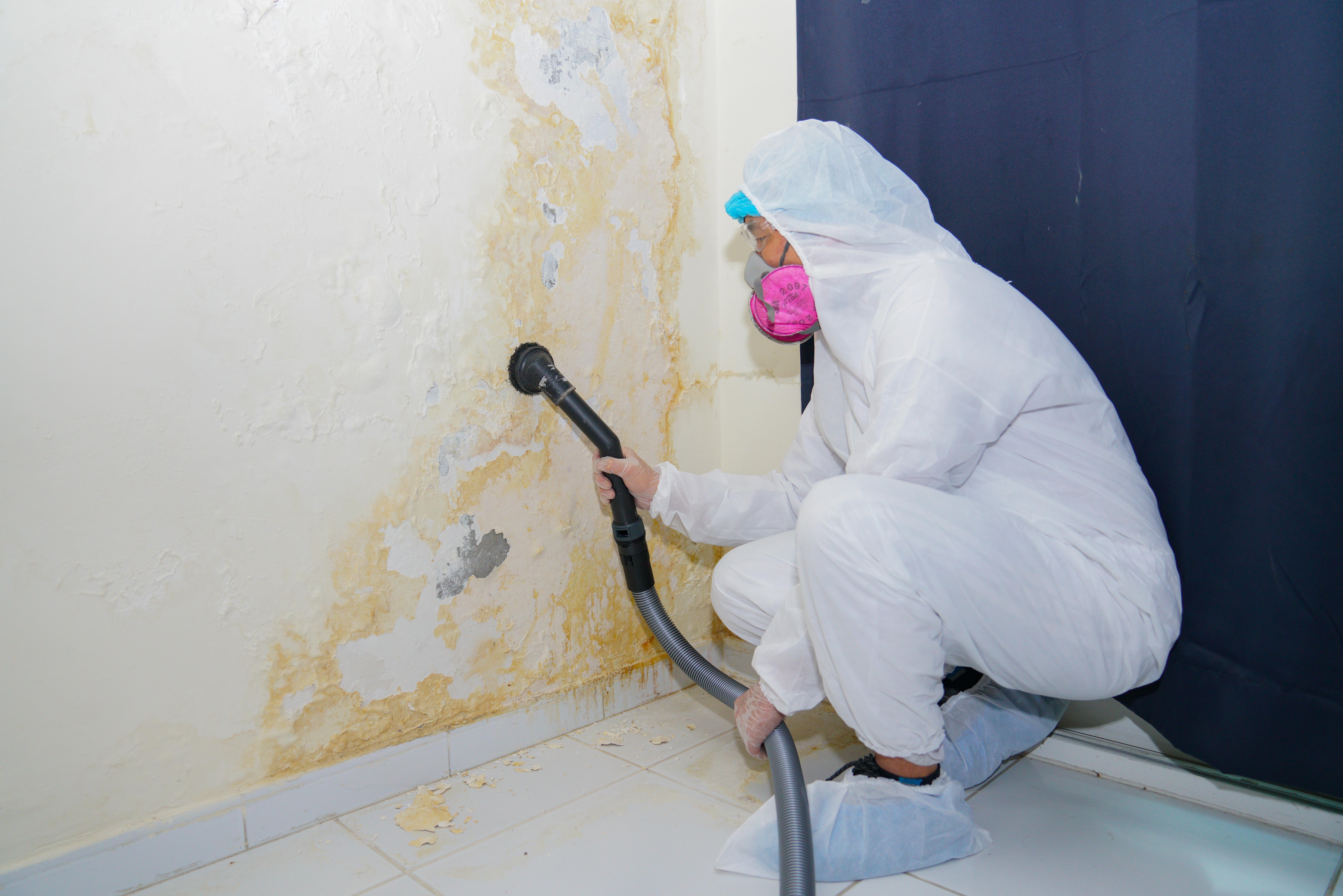Reliable Post Mold Remediation Cleaning Protocols
Reliable Post Mold Remediation Cleaning Protocols
Blog Article
Your Ultimate Guide to Message Mold And Mildew Remediation Techniques
Browsing the world of post-mold removal strategies is a thorough process that demands focus to detail and a detailed understanding of the intricacies entailed. In the results of mold invasion, recognizing just how to successfully eliminate the mold and avoid its reoccurrence is vital for preserving a healthy and balanced indoor atmosphere. From picking the ideal cleaning and decontaminating methods to carrying out strategies for long-term mold prevention, each step in the remediation trip plays an important function in ensuring a successful end result. As we start this exploration of post-mold remediation techniques, we will discover the crucial techniques and best practices that can assist you recover your area to its pre-mold condition and protect it versus future mold threats.
Understanding Post-Mold Removal Process
After completing the mold removal procedure, it is essential to comprehend the post-mold remediation strategies that are required to guarantee a efficient and detailed clean-up. When the mold and mildew has been eliminated, the following action includes cleaning and disinfecting the affected areas to stop any regrowth of mold and mildew.
Moreover, performing a final inspection post-remediation is important to make certain that all mold and mildew has been effectively gotten rid of. This evaluation should entail a comprehensive visual check along with potentially air tasting to validate the lack of mold spores airborne. Added remediation may be required if the examination discloses any remaining mold and mildew. Last but not least, informing passengers on safety nets such as regulating dampness degrees and promptly addressing any water leaks can aid keep a mold-free environment.
Effective Cleansing and Sanitizing Techniques

Protecting Against Future Mold Growth

Significance of Correct Ventilation
Correct ventilation plays a crucial function in avoiding dampness buildup, an essential consider mold development within indoor atmospheres. Efficient air flow systems assist eliminate excess moisture from the air, reducing the opportunities of mold and mildew spores locating the wetness they require to spread and germinate. Without adequate ventilation, interior rooms can end up being a breeding place for mold, resulting in potential health dangers and structural damage.
By guaranteeing proper air circulation, ventilation systems can also help in drying damp locations quicker after water damage or flooding events, additionally deterring mold and mildew growth. After mold remediation. In areas like bathrooms, basements, kitchens, and attics where moisture degrees tend to be greater, mounting and maintaining reliable air flow systems is essential in stopping mold and mildew problems

Surveillance and Maintenance Tips
Provided the important function that appropriate air flow plays in preventing mold development, it is important to establish reliable monitoring and upkeep ideas to make sure the continued performance of air flow systems. Routine inspections of ventilation systems should be conducted to check for any type of signs of blockages, leakages, or malfunctions that can hinder correct airflow. Tracking humidity levels within the home is also important, as high humidity can add to mold development. Installing a hygrometer can help track humidity levels and alert home owners to any spikes that might need attention. In addition, making certain that air filters are frequently cleaned up or changed is necessary for preserving the efficiency of the air flow system. Carrying out a schedule for routine upkeep jobs, such as air duct cleaning and cooling and heating system assessments, can assist avoid issues prior to they escalate. By staying positive and mindful to the condition of air flow systems, building owners can successfully minimize the risk of mold regrowth and keep a healthy and balanced indoor setting.
Final Thought
Finally, post-mold remediation strategies are important for making sure a clean and risk-free atmosphere. Recognizing the procedure, implementing effective cleansing and decontaminating techniques, protecting against future mold and mildew growth, maintaining correct ventilation, and regular tracking are all vital action in the remediation procedure. By following these guidelines, you can successfully eliminate mold and avoid its return, advertising a healthy living or working space for all residents.
In the results of mold invasion, understanding just how to effectively remove the mold and mildew and stop its reoccurrence is paramount remove mold basement walls for maintaining a healthy indoor environment. When the mold and mildew has been gotten rid of, the following action involves cleaning and decontaminating the impacted locations to avoid any kind of regrowth of mold - After mold remediation. After eliminating noticeable mold and mildew development, it is crucial to clean all surfaces in the afflicted area to remove any type of continuing to be mold and anchor mildew spores. To additionally improve mold prevention actions, it is important to resolve underlying issues that at first led to mold development.Provided the important duty that correct ventilation plays in preventing mold development, it is vital to develop reliable surveillance and maintenance pointers to guarantee the continued capability of air flow systems
Report this page